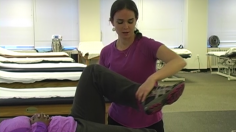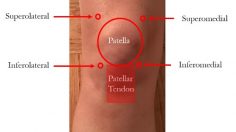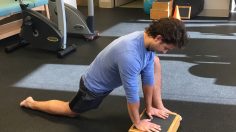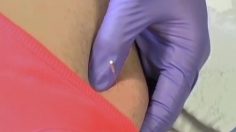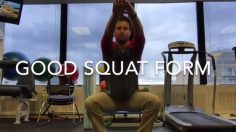Total Knee Replacement Improves Golfer’s Handicap
A recent article in the Journal of Arthroplasty found golfers returned to golf at a higher level and with less discomfort within 6 months after total knee replacement. Read article: Total Knee Replacement Improves Golfer's Handicap Read More


